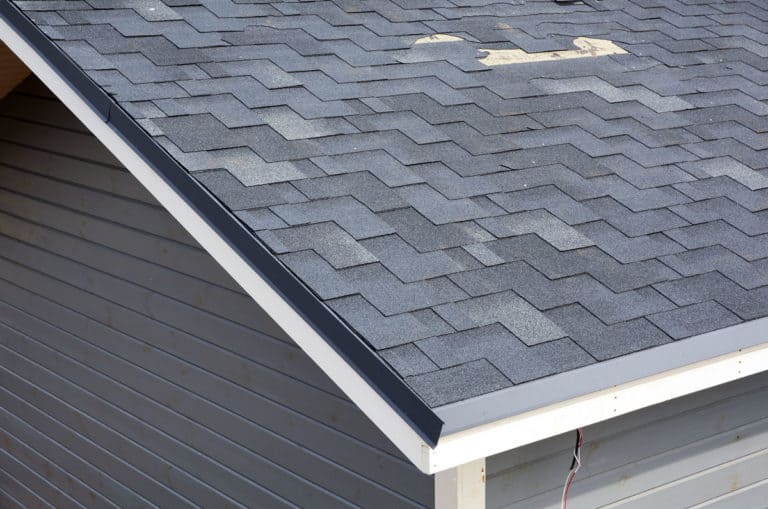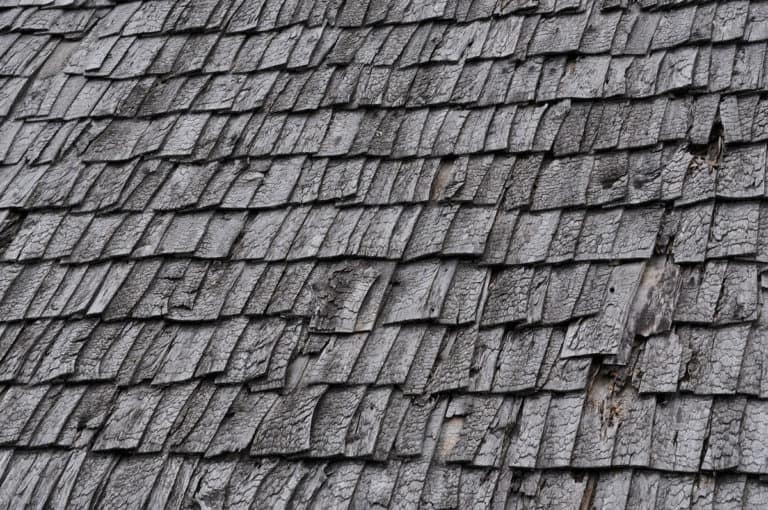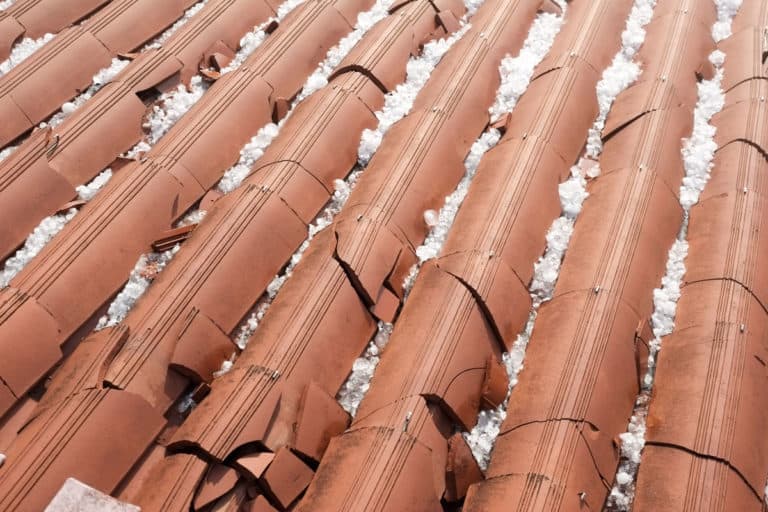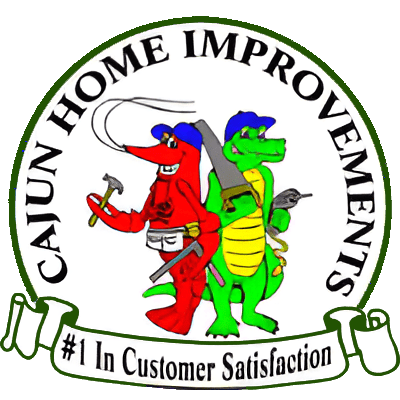If you’re thinking that your roof hasn’t lasted as long as it should, you could be right if you chose a traditional roofing material. There’s a reason the tide is turning toward affordable, durable and beautiful metal roofing.
In many cases, old-fashioned roofing materials simply aren’t smart choices for protecting your home — probably your largest investment. Install a new metal roof and get back some of the value your home has lost due to its aging, dilapidated roof.
So what’s wrong with traditional options? Let’s take a close look at the three most common choices:
Asphalt, fiberglass or composite shingles

Usually called simply roofing shingles, these products are the most commonly used roofing choice in the United States. Really only a short-term roofing option, they don’t hold up well in exceptionally wet weather, exceptionally dry weather or when there’s a lot of snow.
It’s true that these shingles have improved in quality in recent years, but they’re still just a mat made of fillers, binders and little else. When the adhesives break down over time or from exposure to the elements, the mat can deteriorate and start to leak, leaving your home unprotected. Loosening, cracking and curling is also common. Even a moderate storm can compromise one of these roofs, even if it’s only a few years old. And these shingles take in heat and can even encourage the growth of insects and mold, among other things.
Wood shakes

Called wood shingles or wood shakes, wooden roofing materials are a bad idea for many reason. The first is the great deal of maintenance required. Additionally, even well-maintained wood shingles age over time and detract from the value of your home. They take in water when it rains, then they dry out and crack when the weather is hot. This causes warping, splitting and other damage.
Worse is the serious risk of fire. That’s why many homeowners associations and municipalities have banned wooden shakes. Putting dried-out wood atop your home means you’re susceptible to any embers that may reach your home for fires nearby. And nothing can destroy your entire home quicker than a fire with nothing in its way to limit its progress.
Clay and concrete tiles

Used primarily in hot and dry climates like in the Southwest, clay and concrete tiles have their problems anywhere. But they certainly don’t work well in wet climates. Since these tiles are often porous, they absorb water, causing them to fracture or deteriorate, especially if there’s a freeze. There’s often an underlayment designed to carry water away, but this underlayment wears out too.
As with other common choices, tile roofs are also susceptible to biological growth, which causes the cosmetic issues of streaming and staining as well as other risks. That means power-washing of tile roofs is a must, and this can cause additional cracking or dislodge some tiles, speeding up failure of the roof.
Some Final Thoughts
You can see why so many people now turn to affordable, beautiful and durable metal roofing instead of old-fashioned roofing materials whose time has come and gone.
Once considered appropriate for businesses and industrial areas only, today’s modern metal roofing choices fit into every neighborhood now and are available in styles that complement any style of home.
For the ultimate in roofing, choose a metal roof.
If you’re willing to deal with a lifetime of maintenance issues, product failures and frequent replacement from storms, age and cosmetic defects, choose whatever you want. But remember that bad roofing means you’ll have to sell your home for less than you’d like — or live with its dilapidated condition yourself.

